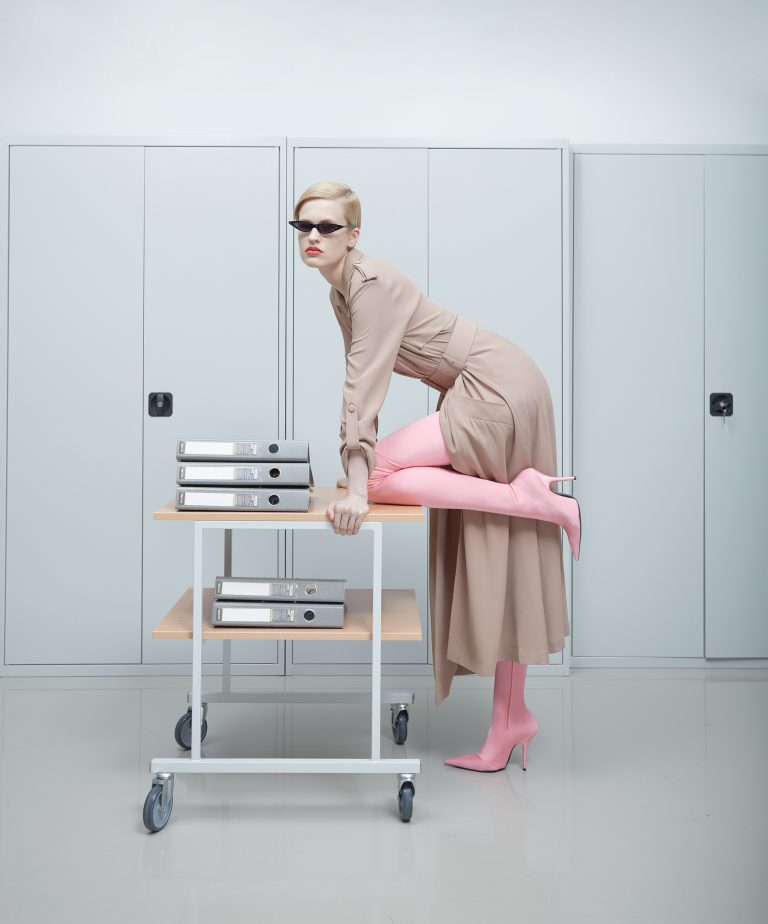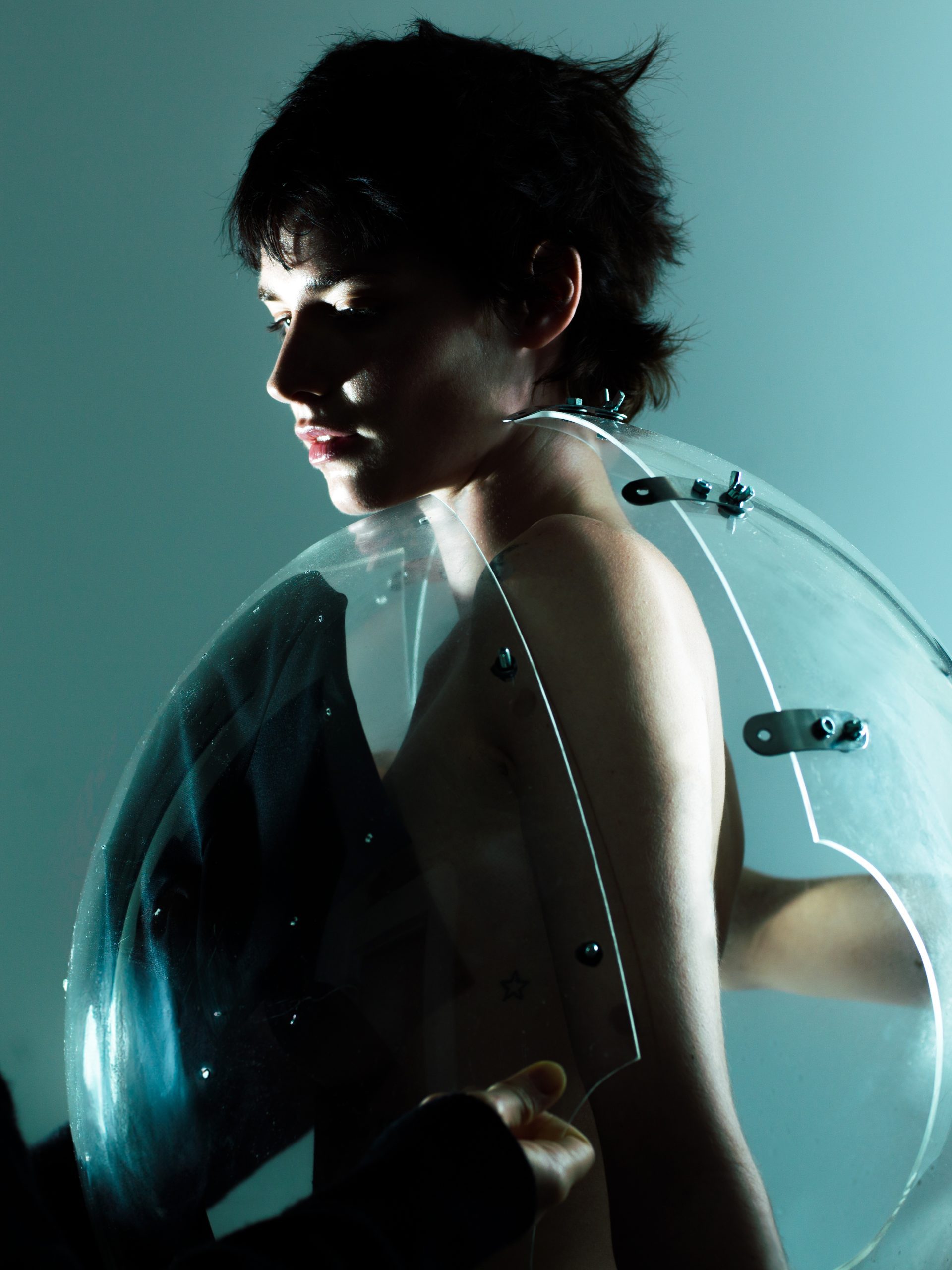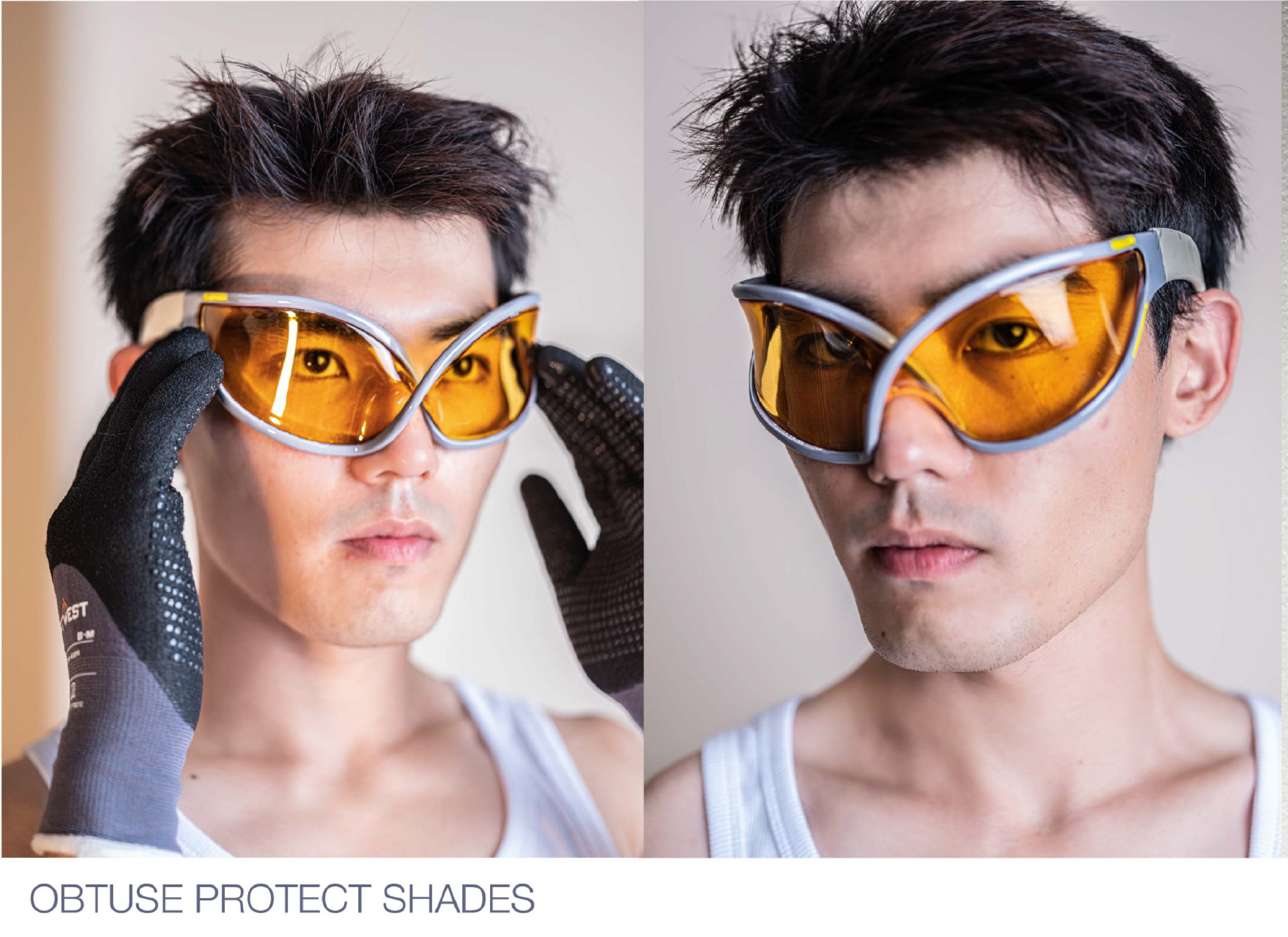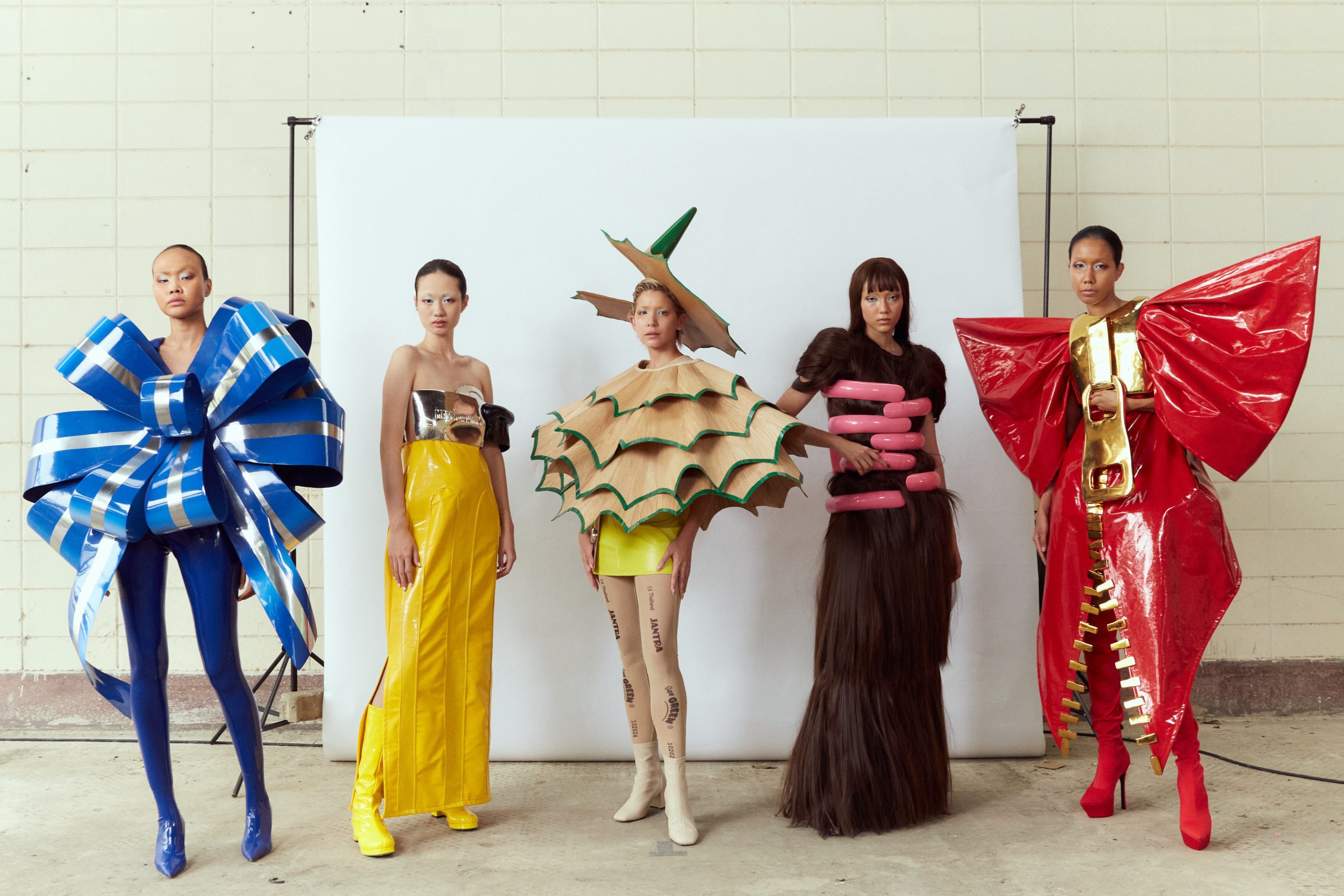Professionals in the creative industry meticulously craft countless presentations brimming with innovative ideas and concepts that often never see the light of day. These presentations, often referred to as “decks,” encompass a myriad of digital and physical advertising proposals, brand collaborations, partnerships, taglines, and campaign strategies. However, the harsh reality is that a significant portion of these ideas never materialize beyond the confines of these presentations. If one were to print and stack each unapproved slide, they would reach towering, unimaginable heights.
According to a Statistica study in Forbes, 70% Of employers say creative thinking is the most in-demand skill In 2024. Yet Creatives across various sectors, whether freelancers, in-house professionals, or agency employees, find themselves engulfed in the process of designing presentation slides and mock-ups rather than engaging in the actual creation of tangible advertising materials such as billboards, editorials, rebrands, or packaging redesigns.
This phenomenon underscores the inherent challenge of the creative process – the relentless pursuit of bringing ideas to fruition, often in the face of indifference from the broader audience.
It is a sobering realization that a significant portion of a creative professional’s time is dedicated to crafting ads, immersive worlds, pop-up activations, public relations strategies, and content across various channels that remain confined to the realm of conceptualization, never being published. Each curated proposal serves as a testament to the creative visionaries’ unwavering dedication to their craft.
Amidst the intricate dance of creativity and commerce, lies a deeper narrative of resilience and adaptability. Creative professionals have to be real strategic thinkers to navigate the ever-shifting landscape of consumer preferences, technological advancements, and socio-cultural trends. Behind each draft lies hours of market research, trend analysis, and consumer behavior studies.
The iterative nature of the creative process, where ideas are constantly refined and revised is also extremely mentally taxing. In fact, a study released by TBWA Worldwide at the Cannes Lions Festival of Creativity suggests that the needs of creative talent are no longer being met in the workplace, leading to widespread dissatisfaction and burnout. Despite the monumental effort invested in presenting campaign concepts through visually enticing mood boards and compelling narratives, the reality remains that many ideas are met with a resounding “no.” This initial rejection can be discouraging, but it’s a common hurdle for creatives.
Creatives must absorb tireless rounds of feedback from various stakeholders, each with their own perspectives and priorities. While the stakes may not be life or death, the emotional investment in the work is palpable, with each critique leaving a lasting impact on the creative psyche. For this reason, many creatives find solace and fulfillment in pursuing personal projects on the side. These “side hustles” can take many forms such as illustrators creating independent comics, writers crafting novels in their free time, or photographers building portfolios with self-directed shoots. It’s a way to explore creative avenues outside of client constraints. It allows them to experiment with styles, techniques, and ideas that might not be commercially viable but hold personal significance.
Additionally, many creatives leverage their side hustles to build a personal brand and attract future clients seeking specific styles or niche expertise. Founder and Creative Director, Cortland Tate exemplified this by building her creative agency through video and photo projects while holding a full-time job. She emphasized, “The only way you can find your purpose is to experiment. Without curiosity, new creative thoughts or ideas would never form.”
“One of the reasons I started my daily newsletter was to exercise total creative and editorial freedom, in a way that I can’t with most professional clients,” said Jake Bell, writer of the popular Substack, ‘Who Do You Know?’ which posts daily analysis and interviews from the intersection between creative, brands, and culture. “When you work as a creative professional, you’re bound to drive results for clients, which often means infusing analytical research and insights into your creative explorations, but you’re also dealing with different stakeholders who have their own agendas. So with my newsletter, I write about whatever I want, express my true opinions, and build a corner of the internet where I can connect with others in a more authentic way.”
Despite the inevitable setbacks and rejections, creatives are driven by an unwavering sense of purpose – the desire to see their creations come to life. Whether it’s the anticipation of seeing a billboard adorned with their design, hearing a radio script they penned, or holding a physical copy of a magazine they contributed to, creatives remain steadfast in their pursuit of artistic fulfillment simply because of their desire fueled by the intrinsic joy of creation.
Written by Samantha Friedman a GLITCH Magazine Contributor
Maya Cal (Photographer) for Paloma Wool – [The Spiral Hair Image](pdp taken down since sweater sold out) Moises Sanabria – The Eye Ball With Charger Tania Kezha – Editorial Business Core Pic (“Office X Sicky”) Scream (Photographer: Terry Richardson) – “Farming Campaign 2001” Meez Lockhart Jones – Creative Shirt Nona Limmen – Dark Dress Pic (“Our power is infinite”) Hanne Zaruma – The Other Eyeball Pic Lowell Nesbitt – Black Tulip Liam Lacey for Cosmos – Mood Board Phoebe Walters (Makeup artist) & Annie Reid (Photographer) – Blue Makeup Smudge & Annie Reid





